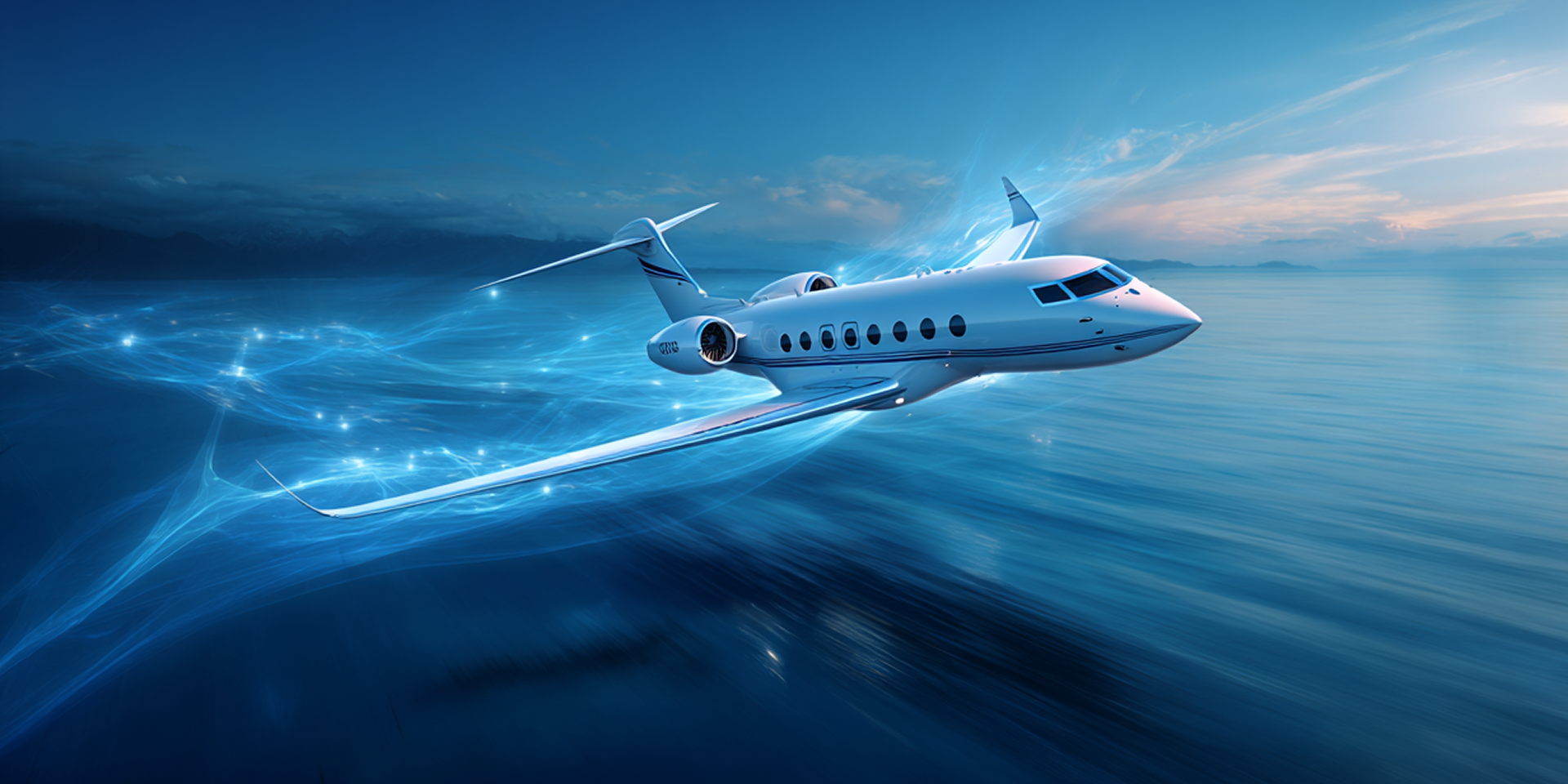Spike S-512 Diplomat: The Supersonic Jet That Will Connect New York to London in 3 Hours
The Boston-based aerospace company, Spike Aerospace, has unveiled progress on its ambitious project: the S-512 Diplomat supersonic jet. This innovative business jet is set to radically transform intercontinental business travel, promising to halve current flight times and become the rightful heir to the Concorde.
Performance and Features: Flying at Mach 1.6
Designed to redefine the concept of speed, the Diplomat aims for a cruising speed of Mach 1.6, equivalent to about 1,960 km/h (approx. 1,218 mph). This performance makes it nearly 750 km/h faster than any commercial airliner in operation today. The result? Flights like London to New York completed in just three hours.
Inside, the S-512 Diplomat offers a luxury and comfort experience for up to 18 passengers, with a cabin featuring:
- Fully reclining seats
- Panoramic windows for a breathtaking view
- Sound-absorbing materials for total acoustic insulation
The Challenge of the Sonic Boom and “Low-Boom” Technology
The primary obstacle for any supersonic aircraft is the sonic boom, the thunderous noise generated when breaking the sound barrier. Because of this phenomenon, supersonic flights have been banned over U.S. territory since 1973.
To overcome this regulatory limit, Spike Aerospace is investing heavily in “low-boom” technologies. The goal is to transform the shockwave from an explosion into a quiet thump, barely perceptible on the ground, thus opening up the possibility of flying over populated transcontinental routes.
Innovative Design: Aerodynamics and Energy Efficiency
The design of the S-512 Diplomat is not just a matter of aesthetics, but of pure function. Cutting-edge aerodynamic solutions, such as its optimized wing configuration, have been engineered to reduce air resistance and increase stability.
This not only enhances performance but also contributes to greater fuel efficiency, reducing its environmental impact. This focus on sustainability and minimizing noise pollution is crucial for obtaining the necessary regulatory approvals and public acceptance.
S-512 Diplomat vs. Concorde: The Future of Supersonic Flight
The S-512 Diplomat is often seen as the modern alternative to the historic Concorde. The iconic Anglo-French aircraft, which flew at Mach 2, operated from 1976 to 2003 before being retired due to extremely high operating costs and a tragic accident in 2000.
Spike Aerospace’s project aims to overcome the very limitations that led to the Concorde’s demise by integrating advanced technologies to ensure safety, efficiency, and economic sustainability.
Future Prospects: An Evolving Market
The commercial success of the Diplomat will depend on its ability to obtain flight certifications for strategic routes. Ongoing regulatory changes in the United States and other nations could soon open the door to a new era for civil supersonic aviation, and the S-512 Diplomat is at the forefront, ready to lead this revolution.






